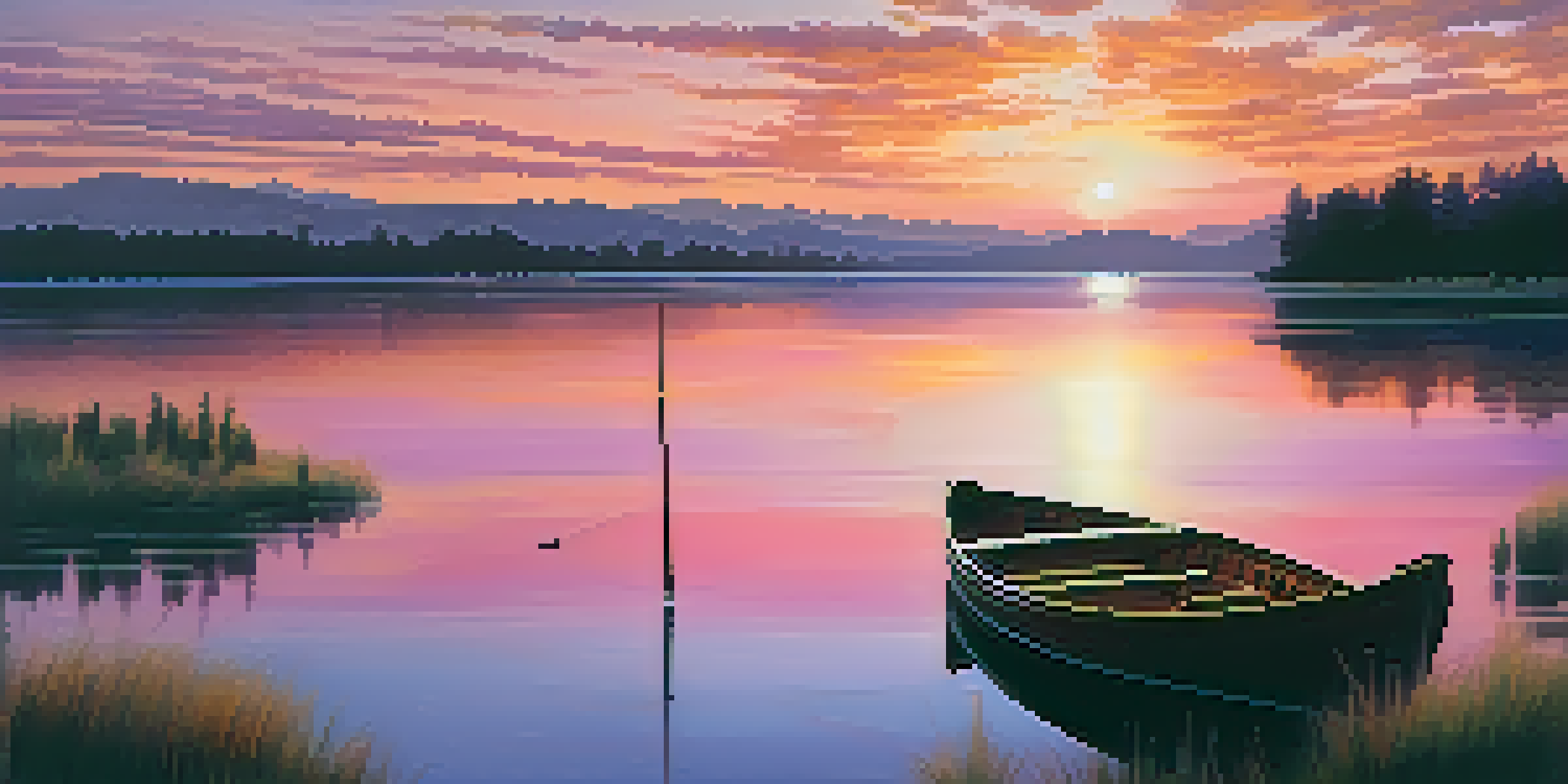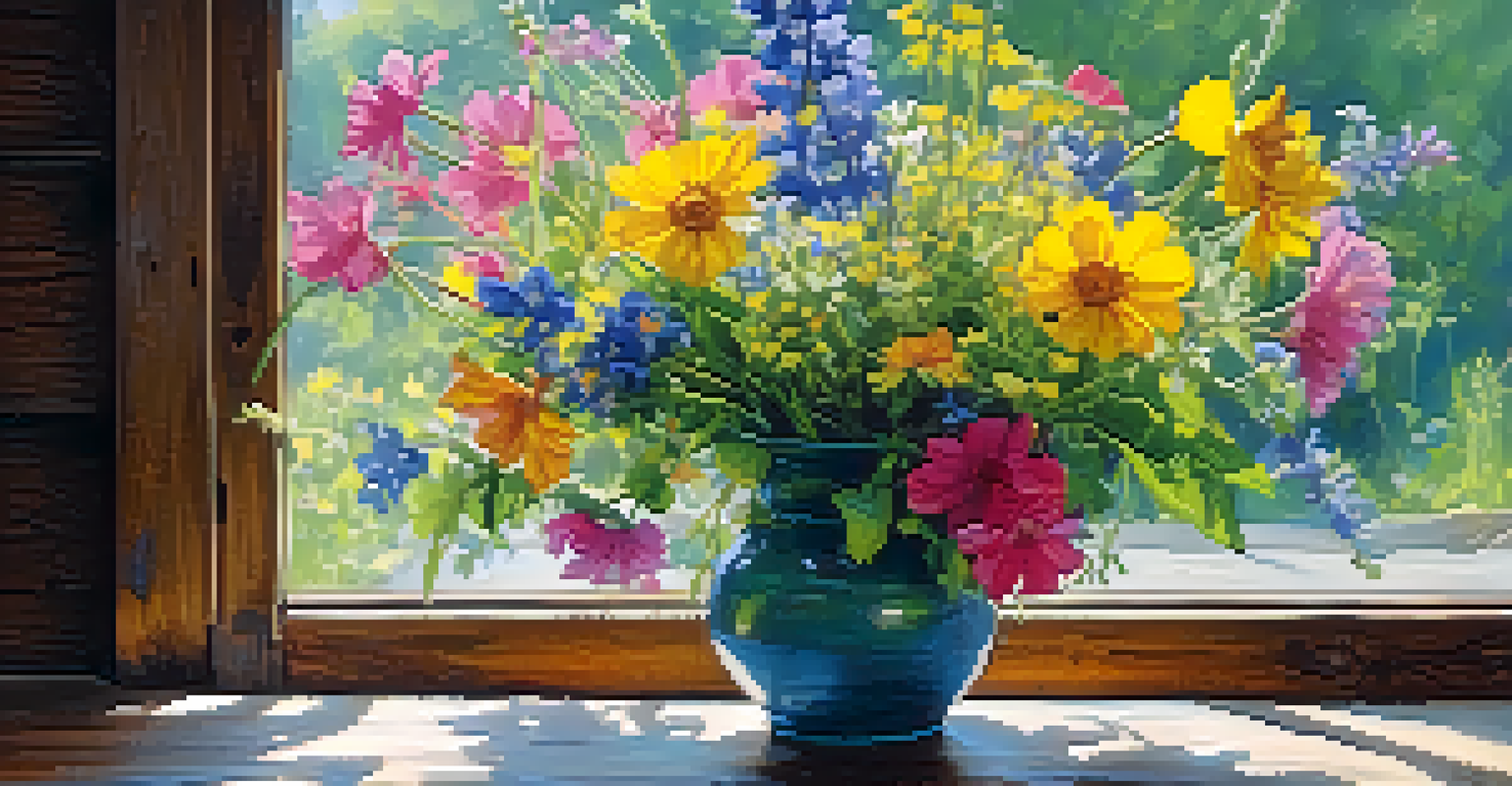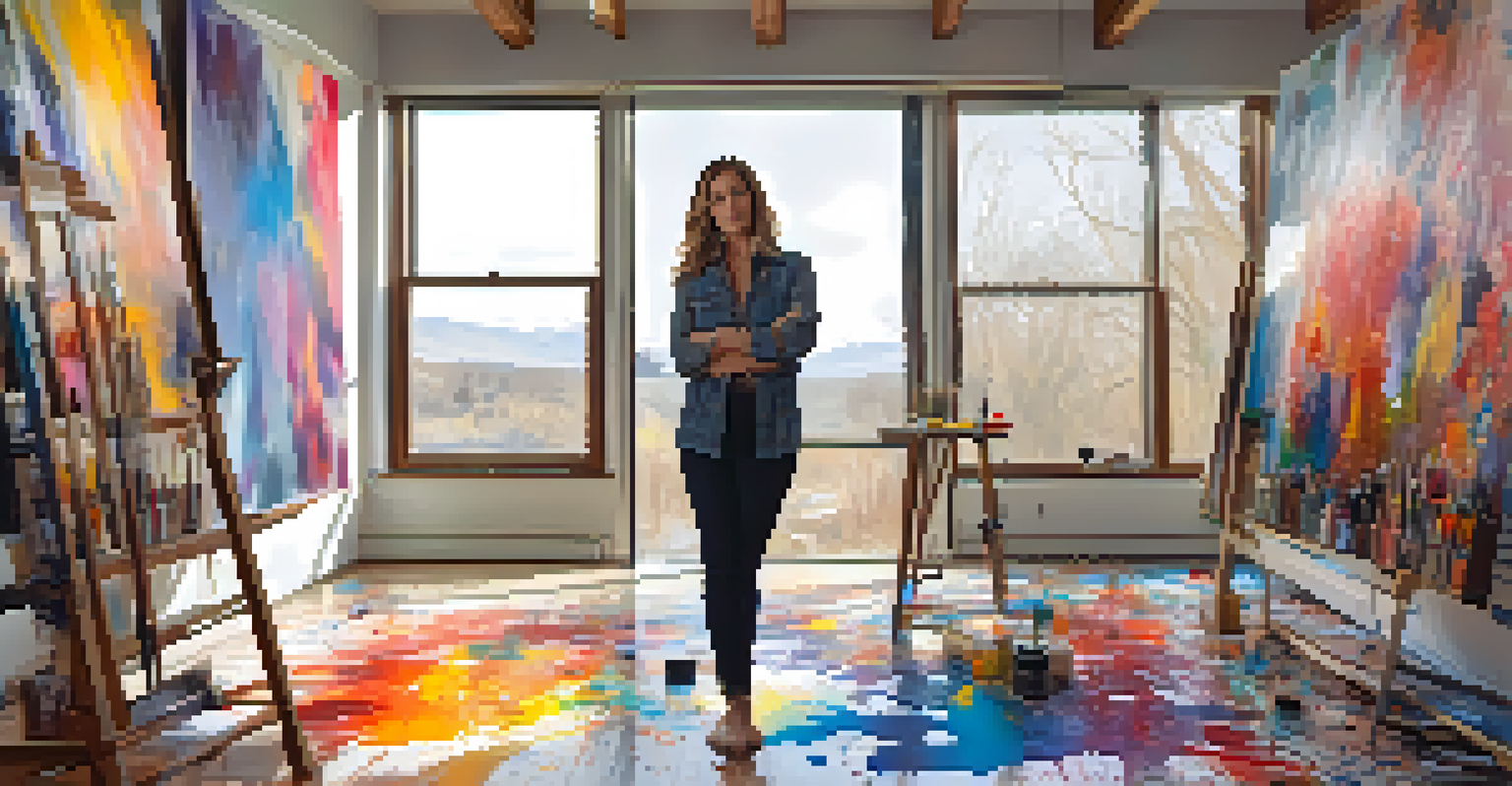Gender and the Evolution of Art Styles Through History

The Role of Gender in Early Artistic Expression
From prehistoric times, gender roles significantly shaped artistic expression. In early cave paintings, evidence suggests that both men and women contributed to the artwork, though often in different ways. Men typically depicted hunting scenes, while women's contributions often focused on fertility and nature, reflecting their roles in society.
Art is the most beautiful of all lies.
As civilizations progressed, art became a means of communicating cultural values and gender norms. For example, ancient Egyptian art showcased women in powerful roles, like goddesses and queens. This duality in representation demonstrates how gender was intertwined with artistic expression, allowing for a dynamic range of themes and subjects.
However, as art transitioned into the Classical era, male artists began to dominate the scene. This shift often resulted in the marginalization of female perspectives in art, influencing the styles and subjects that were deemed valuable or worthy of representation.
Women Artists in the Renaissance: Breaking Barriers
The Renaissance marked a pivotal moment for women in art, as some began to gain recognition as professional artists. Figures like Sofonisba Anguissola and Artemisia Gentileschi not only created compelling works but also challenged the male-dominated art world. Their success opened doors for future generations of female artists.

These women used their art to depict not just traditional subjects but also to explore issues of identity and power. Gentileschi, for instance, often portrayed strong women from biblical stories, reflecting her personal struggles with male oppression. This theme resonated with many viewers and highlighted the complexity of gender dynamics during the period.
Gender Shapes Artistic Expression
Throughout history, gender roles have significantly influenced artistic themes, reflecting societal norms and values.
Despite these advancements, women still faced significant obstacles, including limited access to formal training and societal expectations. Nevertheless, their contributions laid the groundwork for future movements in art, and their stories continue to inspire artists today.
The Impact of Gender in the Baroque Era
The Baroque era was characterized by dramatic art and emotional depth, yet gender still played a crucial role in shaping artistic expression. Male artists like Caravaggio showcased intense realism, but it was female artists like Judith Leyster who brought a unique perspective to the genre. Leyster's vibrant works often depicted intimate scenes, allowing her to explore the nuances of daily life.
The role of the artist is to ask questions, not to answer them.
This period also saw the rise of the female nude as a subject, often portrayed through the male gaze. Artists like Peter Paul Rubens created voluptuous forms that reflected societal ideals of beauty, yet women's voices remained largely absent in these representations. The tension between the male perspective and the burgeoning female artists created a rich but complicated artistic landscape.
As Baroque art evolved, the emergence of salons provided women with spaces to discuss art and share their work. Such gatherings became instrumental in promoting female artists, allowing them to gain visibility and challenge the dominant narratives around gender in art.
Romanticism: A Shift in Gender Roles in Art
The Romantic era marked a significant shift in artistic themes, heavily influenced by emotions and individualism. This change allowed women to explore new subjects, particularly the themes of nature and spirituality. Artists like Caspar David Friedrich depicted landscapes infused with emotion, while female artists like Rosa Bonheur celebrated the beauty of animals and rural life.
During this time, the role of the artist as a 'genius' became more pronounced, which often sidelined women's contributions. However, many women began to embrace their unique perspectives, using art to express their innermost thoughts and feelings. This era also saw a rise in the portrayal of women as strong, independent figures, challenging traditional gender roles.
Women Artists Break Barriers
From the Renaissance onward, female artists like Artemisia Gentileschi challenged male dominance in the art world, paving the way for future generations.
The Romantic movement ultimately paved the way for future feminist movements in art, encouraging women to assert their identities and challenge the limitations placed upon them by society. It was a transformative time that set the stage for further exploration of gender in art.
Modernism: A New Era for Gender in Art
The Modernist movement of the late 19th and early 20th centuries brought radical changes to the art world, including an increased focus on gender. Artists like Georgia O'Keeffe broke away from traditional representations, instead using abstraction to explore feminine identity. Her iconic flower paintings symbolized strength and sensuality, challenging the stereotypes of women as mere subjects of art.
Additionally, the rise of movements like Dada and Surrealism encouraged artists to question societal norms, including gender roles. Female artists such as Frida Kahlo used their personal experiences and cultural backgrounds to create powerful narratives that resonated with many. These expressions of individuality and identity were crucial in redefining the role of women in art.
However, even within Modernism, gender disparities persisted, as many female artists struggled for recognition. The tension between innovative expression and societal expectations continued to shape the landscape of art, paving the way for discussions about gender that would follow in the decades to come.
Postmodernism: The Intersection of Gender and Identity
Postmodernism emerged as a reaction against the established norms of Modernism, leading to a more inclusive exploration of identity, including gender. Artists began to deconstruct traditional narratives, often blending various styles and mediums to challenge the status quo. This era saw the rise of feminist art movements, which sought to reclaim women's voices in the art world.
Artists like Cindy Sherman utilized photography to explore femininity and the portrayal of women in media. By staging herself in various roles, Sherman questioned the stereotypes that often confine women, allowing viewers to reconsider their perceptions. Such work highlighted the fluidity of gender and identity, inviting dialogue about representation.
Contemporary Art Embraces Diversity
Today, contemporary artists are increasingly using their work to address issues of gender and identity, promoting inclusivity and diverse perspectives.
The impact of Postmodernism on gender in art is profound, as it opened up conversations about intersectionality—the idea that various aspects of identity, including race, sexuality, and class, intersect and influence one another. This nuanced approach continues to shape contemporary art, making it a vibrant space for diverse voices.
Contemporary Art: Gender and Diversity in Focus
Today, contemporary art thrives on the celebration of diversity, with gender playing a central role in creative expression. Artists from all backgrounds are using their work to address issues related to gender, identity, and social justice. This shift reflects a broader societal change towards inclusivity, allowing for a multitude of perspectives to be heard and seen.
Contemporary female artists like Yayoi Kusama and Ai Weiwei utilize their platforms to comment on gender dynamics and cultural identity. Kusama's immersive installations challenge perceptions of mental health and femininity, while Weiwei's work often critiques political structures, emphasizing the importance of freedom of expression across genders.

As we move forward, the art world continues to evolve, breaking down barriers and embracing new voices. The ongoing dialogue around gender in art not only enriches the artistic landscape but also fosters a deeper understanding of the complexities of identity in our society.